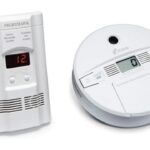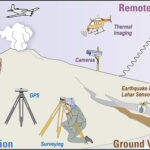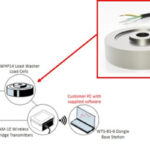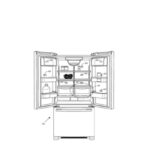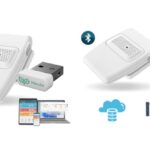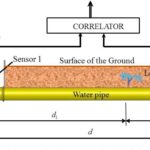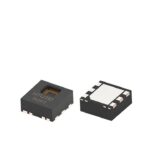For combustible gases, the Lower Explosive Limit (LEL) or Lower Flammable Limit (LFL) is the minimum concentration of vapor in air below which the propagation of the flame does not occur when it contacts an ignition source, such as a spark or flame. In a specific area or space, if the LEL of a gas […]
Gas Sensor
How can awareness of the need for CO sensors be increased?
Public outcries for reducing carbon dioxide (CO2) emissions to reduce their climate change impact have been widely promoted for more than two decades. However, attention to a more immediate public health problem from carbon monoxide (CO) has not received anywhere near the same level of attention– unless the deaths get news coverage. For example, in […]
What sensors are used to monitor volcanoes?
Monitoring volcanoes is complex, and it’s an important activity to ensure public safety in many areas of the world. It involves monitoring ground deformations, earthquakes and vibrations, volcanic gas, rock and water chemistry, and remote sensing from satellites. Volcano monitoring needs to be implemented on a continuous basis or in near-real-time and is an extreme […]
How can sensors help an electrolyzer provide green hydrogen?
Energy storage is an essential part of the pursuit for the increased use of renewable energy sources such as wind, solar, geothermal and hydroelectric power. Electrolyzers allow hydrogen-based storage and avoid the reliance on batteries and their raw materials such as lithium, graphite and cobalt that are frequently sourced from China. When renewable energy sources […]
How do sensors improve home appliances? Part 2
Part 1 of this blog discussed sensors in the laundry room in washing machines and dryers. In the kitchen, similar to the laundry room, basic functions can be designed in using established sensing techniques. In the typical home, the refrigerator is the second-largest consumer of electricity (13.7%), with the air conditioner being number one. So, […]
How does air quality history impact data analysis?
Measuring air quality, like any other measurement process starts with the sensors. The sensors provide the concentration of different elements in the air such as CO2 and volatile organic compounds (VOCs) as well as other parametric data such as humidity, temperature, atmospheric pressure and light level that affect the ambient environment indoors – or outdoors. […]
What’s an acoustic leak detector?
Acoustic leak detection sensor technologies rely on the fact that liquid and gas leaks are noisy. However, it’s not necessarily a noise that the human ear can detect, it can be in the ultrasonic region. Leaky water pipes are a significant environmental challenge — UN Sustainable Development Goal No. 6 states that clean (drinking) water […]
What sensors are used in today’s and tomorrow’s HVAC systems? Part 1
When Willis Carrier designed a system of fans, ducts and perforated pipes, which became the first modern electric air conditioner (AC) in 1902 (120 years ago), sensing was not part of the bill of materials. Devon Brock, Manager of Product Knowledge and Training, Sensors Group at TE Connectivity provides some insight into subsequent AC systems. […]
high-precision pressure transmitters feature extremely low-profile design
TDK Corporation presents the AVD series of new pressure transmitters, distinguishable by their extremely low-profile design and high precision. The transmitters with B58621V* ordering codes are available in three versions for different pressure measurement ranges including 0 to 16 mbar, 0 to 100 mbar, and 0 to 7 bar. The series offers high precision levels […]
How can you sense ripening fruit?
A diet high in fruit (and vegetables) can reduce the risk of developing heart disease, cancer, inflammation and diabetes. But the fruit needs to be fresh for a sustainable, healthy diet. Several techniques are being used to detect ripening fruit. One company, smartGAS in Germany, has two different sensors to detect the ethylene (C2H4) that […]


